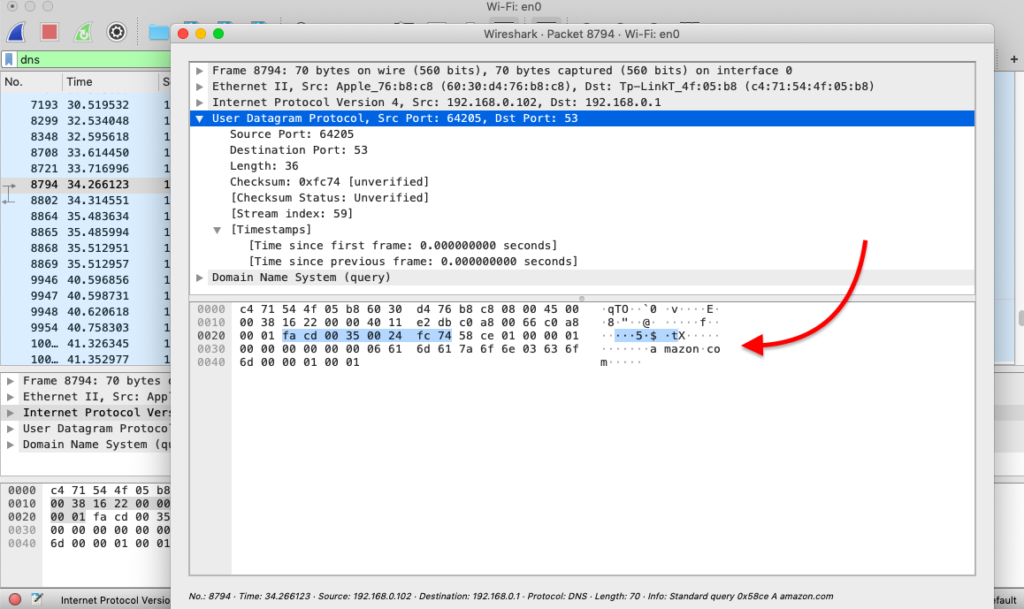

These packets do not get passed from the sender to the receiver in one fell swoop. In order to do support that, each packet contains the sending and receiving IP address as well as a lot of other information. These packets are addressed to an IP address at the receiving end which usually has an obligation to acknowledge receipt of every packet it receives. Rather, the sending side (your computer) breaks them down into many little data packets. Web pages and emails are not sent through the internet intact as one document. In order to understand how packet sniffing occurs, it’s helpful to understand how internet routing works. How to protect yourself against packet sniffing.In this article we look at ways to protect yourself from packet sniffing. This technique is colloquially called packet sniffing and it is carried out by ISPs, governments, ad companies, and bad guys alike. While those data packets are traveling across the internet, they are susceptible to eavesdropping and even modification. They are disassembled at the sending end into small data packets and reassembled at the receiving end back into their original format. Contrary to what our eyes tell us, things like web pages and emails do not travel across the internet whole. The critical part of this description is the word packets. That acronym stands for Transmission Control Protocol over Internet Protocol which simply means the network sends TCP packets to destination computers using IP addresses. There are many forms of networking and the most common of all is TCP/IP. See also: Best Packet Sniffers & Best Network Analyzers This article explains what packet sniffing is and some practical advice on how to avoid it. Those packets are susceptible to collection and analysis at each of those points through a process called packet sniffing. Your internet activities are transmitted through many routers and switches en route to their destination.


 0 kommentar(er)
0 kommentar(er)
